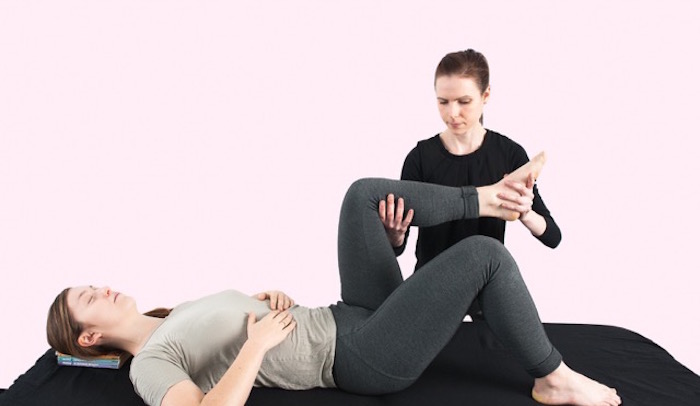It is not the degree of willing or trying but the way in which the energy is directed that is going to make the willing or trying effective. –Frederick Alexander
Have you noticed moments when you stiffen and lose connection to breath, ease, flow? Are these moments when your dancing suffers? Alexander Technique was developed by performer Frederick Alexander to address problems that tension was creating in his own performance.
Alexander Technique is a somatic movement practice. Soma means “body”. Somatic means “of the body”. Somatic movement practices work by placing attention gently at sites in the body and by observing and releasing habitual patterns that may be preventing easeful movement and optimal function. Practitioners frequently refer to the body as having a mind, or intelligence. Of course, dancers know intuitively that their body has intelligence. Dancers’ bodies remember the steps and technique before their thinking mind does.
“When I first came to the Alexander Technique,” says Melbourne choreographer, dancer and educator Fiona Bryant, “I was struggling with perfectionism and the way that this meant I had literally worn my body (and mind) out. I was exhausted, and my progress had plateaued. I recognized that if I kept going at this rate, I would not be able to sustain a career in dance.”

Fiona Bryant teaching Alexander Technique to Chloe Chignell. Photo courtesy of Cathy Madden.
Alexander believed that “you can’t get rid of tension by adding tension”, and the practice often involves taking dancers back to very basic movements, so that the person can become very attentive to the slightest nuances in his/her patterns of movement.
“My first lessons were about re-gathering energy by learning to work in a much more efficient and easeful manner,” Bryant explains. “This requires becoming conscious of one’s inner dialogue and ensuring there is a clarity of intention instead of incessantly pushing or striving for (oftentimes) ambiguous or unattainable ideals.”
Alexander Technique is generally taught one-to-one, as it works with idiosyncratic movements and postures that a person has built up over time. This is not so much habits like needing a cup of coffee in the morning or always carrying your bag on one side of your body, but habits of the way in which we sense our bodies to be moving and then approach physical challenges. The technique works with where muscular tensions are restricting function, so it can be really useful for dancers who stiffen or brace to achieve skills.
“Initially, dancers often seek the Alexander Technique because they are recovering from injury, or injure themselves often and have heard the work might help,” says educator Cathy Madden. “Or, they realise that they are rehearsing and rehearsing and rehearsing and not actually improving. The Alexander Technique gives them the means to make their practices effective.”
Rebecca Nettl-Fiol is professor of dance at University of Illinois, where she teaches a class on Alexander Technique for dancers. She says, “Mainly, I think [students] want to refine their technique and their understanding of how the body works. Some come with chronic injuries and are interested in finding out the causes and strategies for working their way out of these injuries.”
“Alexander Technique will be very difficult to engage with if one is resistant to change, or if one is looking for a ‘quick fix’,” adds Bryant. “I often remind myself and my students that our habitual ways didn’t arrive overnight, so it’s not reasonable to expect these can change in one Alexander Technique lesson.”
For more information on Alexander Technique, or to find a teacher, here are some contacts and information:
Australia
Australian Society for Teachers of Alexander Technique
www.austat.org.au
Individual Practitioner
Fiona Bryant
www.fionabryant.com.au
USA
American Society for Alexander Technique
www.amsatonline.org
Individual Practitioner
Cathy Madden
cathmadden@aol.com
Further Reading
Dance and the Alexander Technique: Exploring the Missing Link, by Rebecca Nettl-Fiol and Luc Vanier
Integrative Alexander Technique Practice for Performing Artists: Onstage Synergy, by Cathy Madden
By Tamara Searle of Dance Informa.
Photo (top): Fiona Bryant teaching Alexander Technique to Chloe Chignell. Photo courtesy of Cathy Madden.

















